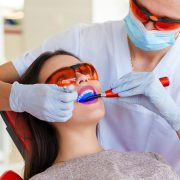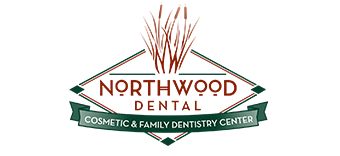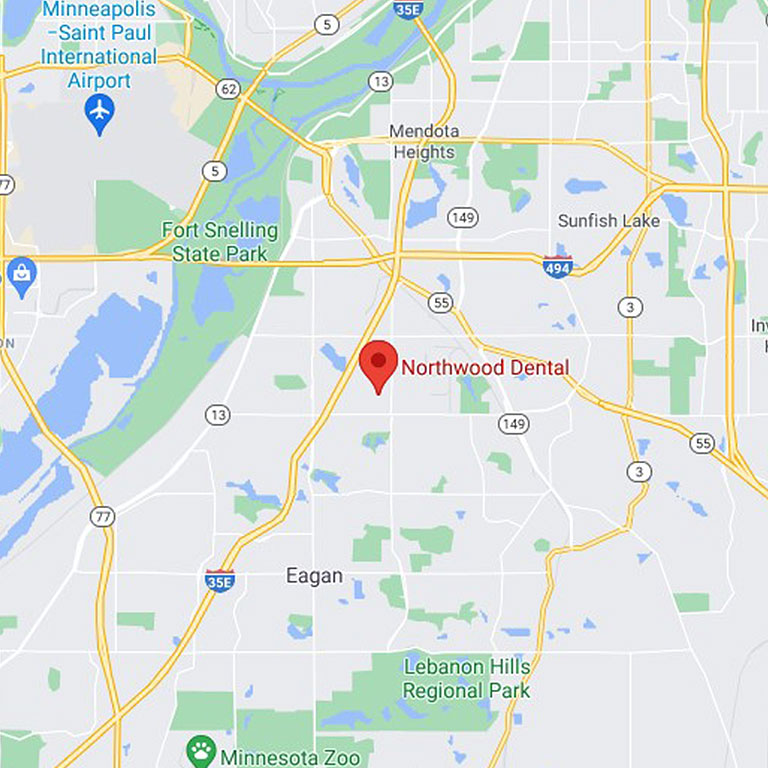Under the Weather Oral Care Tips
EAGAN, MN DENTIST SHARES HEALTH TIPS
When you have a flu bug or a cold, taking care of yourself should always be your number one priority. It is important to still properly care for your oral health the best you can. Here are a few of his recommendations on taking care of your teeth and mouth when you’re under the weather.
Proper Hygiene
We all know to cover our mouths when we cough or sneeze due to a cold. Proper hygiene is always important during our sick days, but it is also important to keep up with toothbrush hygiene and regular dental hygiene as well.
According to the Center for Disease Control, the flu virus can live on moist surfaces for up to 72 hours. You should never share your toothbrush, but this is especially true when you’re sick.
Sugar-Free Cough Syrup or Drops
Always read the label before choosing a bag of cough drops from the drug store. If the ingredients list anything like fructose or corn syrup, you should probably put them back. Most cough drops contain sugar, and this means that using cough drops is equivalent to sucking on candy. And, as we all know, sugar leads to cavities.
Rinse After Vomiting
One of the most unfortunate side effects of the flu is, of course, vomiting. Many people are tempted to brush their teeth right after to get rid of the nasty taste of bile left behind. However, it is better to wait. If you brush too soon, you are essentially brushing your teeth with the stomach acids left in your mouth.
Instead, rinse with water a few times and spit. Then, brush your teeth after about 30 minutes have elapsed.
Avoid Dry Mouth and Stay Hydrated
When you’re under the weather, your body needs plenty of fluid for several reasons. One of the most important being to prevent your mouth from drying out. A dry mouth is rather uncomfortable and puts you at a greater risk for cavities. When sick, always drink plenty of water and use sugarless cough drops to keep your saliva flowing.

Northwood Dental can be reached at (651) 687-0789 for any questions or concerns you may have. Please call us today to schedule your next appointment with the leading Eagan, MN dentist.




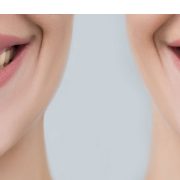
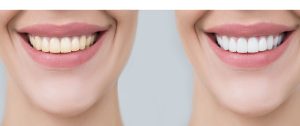 Call Northwood Dental today at (651) 687-0789 to schedule an appointment with your Eagan, MN dentist.
Call Northwood Dental today at (651) 687-0789 to schedule an appointment with your Eagan, MN dentist.